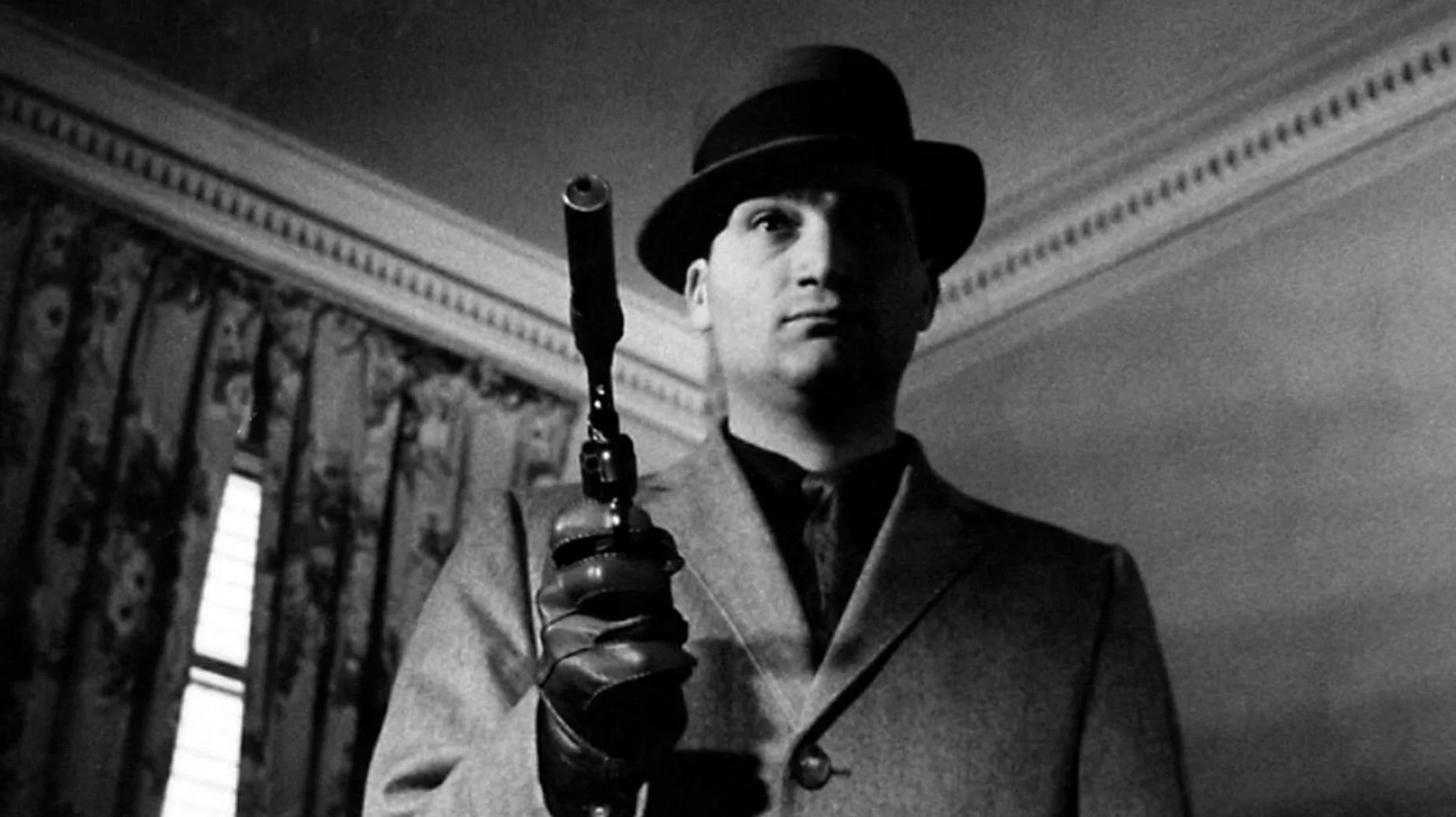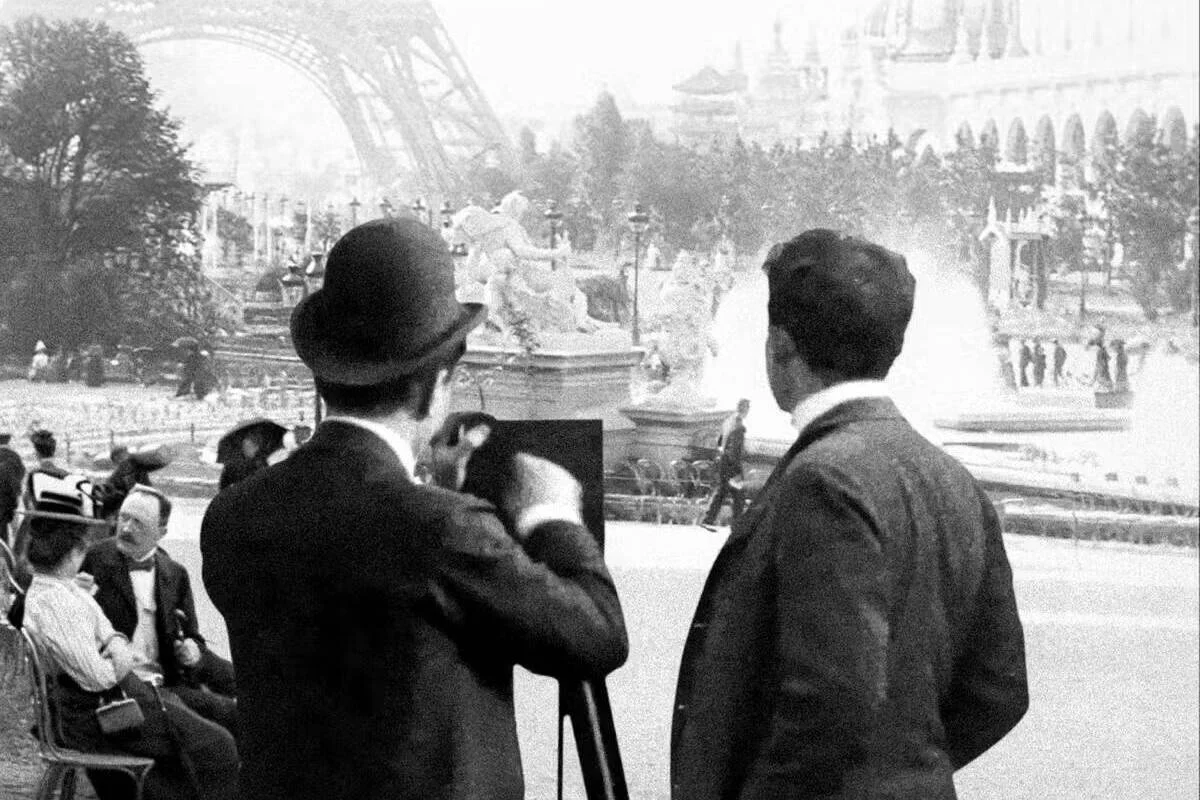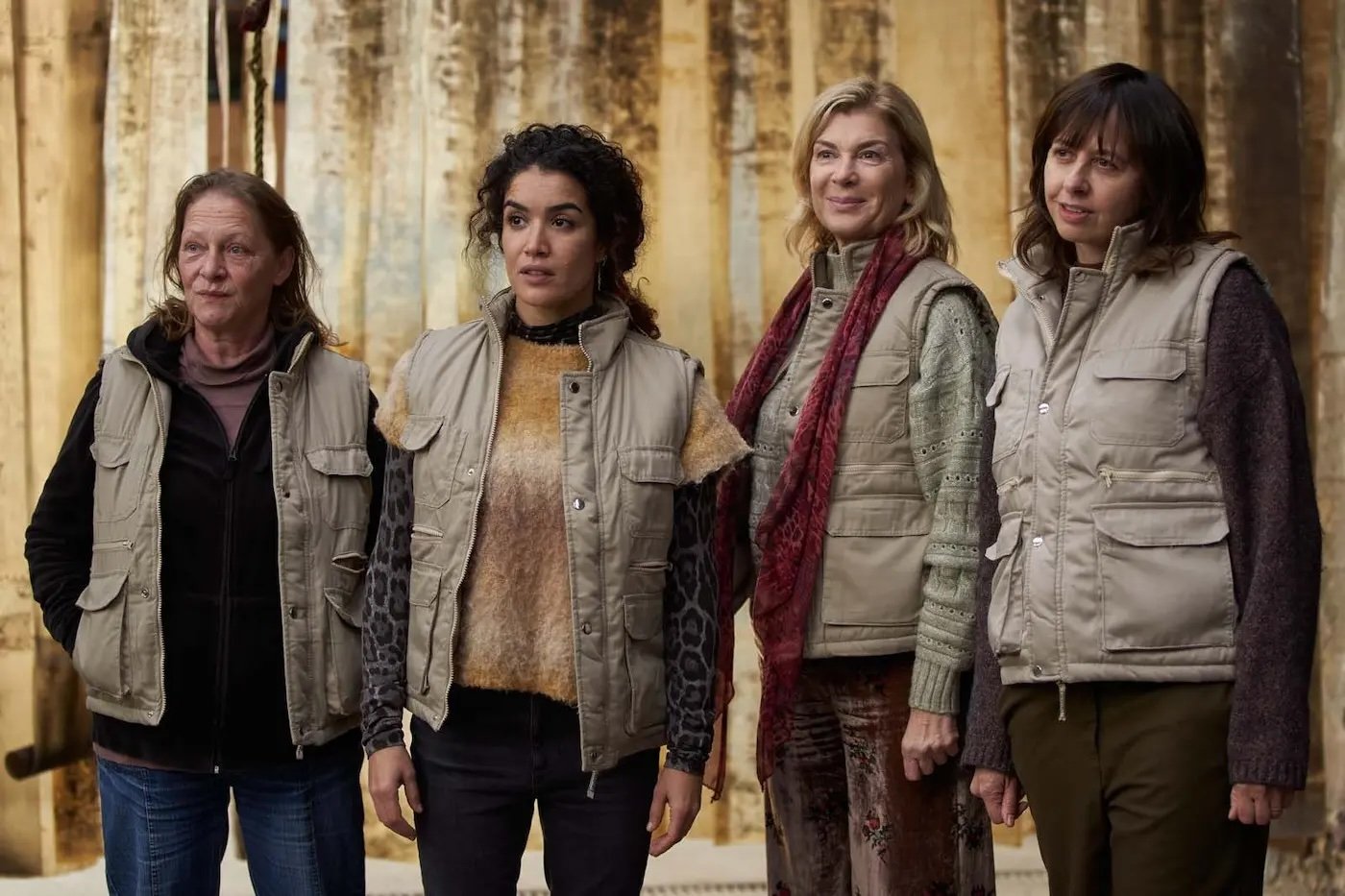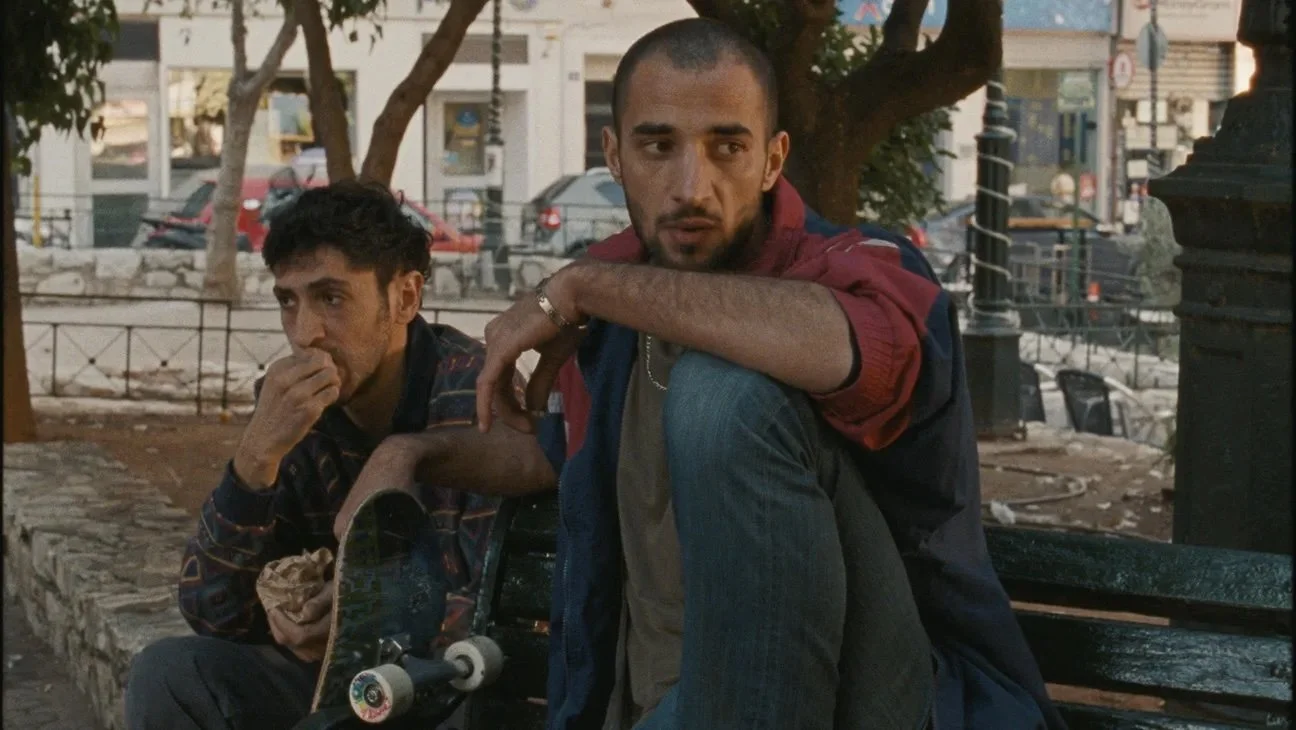The Cinematheque’s annual Film Noir series explores the genre’s shadowy margins
The big-city sins of Sweet Smell of Success mingle with the small-town nightmares of Moonrise in this year’s darkly adventurous lineup
Moonrise.
The Cinematheque presents Film Noir 2025 from July 31 to September 4
IT’S SUMMER AND THE Cinematheque is again asking you to consider: What, exactly, is film noir? Three decades into the rep cinema’s annual enterprise, the answer is both inky black and crystal clear. You know it when you see it. And in that spirit, this year’s crop stacks obvious noir classics (Sweet Smell of Success, Double Indemnity, Kiss of Death) against a handful of films that, maybe, flicker inside and outside the margins.
In the case of Moonrise, the small-town Appalachian location might defy some of the more emblematic qualities associated with noir. But the 1948 melodrama is also strikingly expressionistic, with an opening 15 minutes that proceed with wild nightmare logic, like Thornton Wilder dropped into gothic Americana.
The film also is relentlessly cruel to its haunted protagonist, Danny (Dane Clark), whose father was executed for murder while he was still in the cradle, an event visualized in a shocking match cut that sends tremors through the rest of the film. Directed by Frank Borzage and based on a novel by Theodore Strauss, Moonrise follows the luckless Danny through romance and murder, but there’s a surprising class-consciousness bubbling below the surface.
At the very least, the film wears its liberal values on its sleeve, especially in regards to minority characters like Billy Scripture, a simpleton played by a young Harry Morgan. Lloyd Bridges takes the role of Danny’s lifelong nemesis, Jerry—the asshole son of the town’s most prominent banker. The wicked are punished in Moonrise, but fate is an equal-opportunity sadist.
From 1944, Robert Siodmak’s Phantom Lady hardly challenges the broad conventions of noir, but it’s an under-sung effort from one of the great Hollywood journeymen, better known for The Killers (1946).
Civil engineer Scott Henderson (Alan Curtis) is drowning his sorrows in a Manhattan bar when he crosses paths with a mysterious lady in an even more mysterious hat. They make miserable company for each other at a Broadway show before Scott goes home to find himself framed for the murder of his wife. There’s one person who can provide Scott with an alibi, but guess what? She has vanished from the face of the earth and is remembered by no one. Even with that crazy hat!
Phantom Lady pits beautifully efficient plotting against Siodmak’s rich visual imagination. While Scott faces the electric chair, his doting secretary “Kansas” (Ella Raines) takes up the search in league with his best friend, Jack (creepy Franchot Tone), a prosperous sculptor with an unusually cinematic apartment and a nice line in exteriorizing his own pathologies. Phantom Lady is witty and pulpy, boasts a killer last line, and features Elisha Cook Jr. in a key role as a horny jazz drummer, the film’s one concession to realism.
We still live inside the atomic half-life of noir, which arguably proceeds from around the time of Blast of Silence, an astonishingly brutal thriller from 1961. Director Allen Baron also stars as Frank Bono, a hitman out of Cleveland hired to off New York mobster Troiano—a dandy with “lips like a woman, the kind of face you hate,” we’re told, in a searing voice-over provided by blacklisted actor Lionel Stander and composed by blacklisted screenwriter Waldo Salt. (The political backdrop to Blast of Silence is charged, to say the least. Baron had also worked on Errol Flynn’s ridiculous Cuban Rebel Girls.)
Spare, nasty, shot on location minus permits in grimy New York apartments, moving vehicles, and frigid waterfronts, Blast of Silence anticipates the American New Wave around the corner but is also rooted in the censor-baiting Times Square roughies playing mere blocks from its Manhattan locations. The dread is thick and there isn’t a better picture of the restless black-and-white interregnum between the ’50s and the Beatles. To add to all the weirdness: disgusting lowlife Big Ralph is played by Larry Tucker, who would go on to create the Monkees’ TV show with Paul Mazursky. ![]()
Blast of Silence.

























